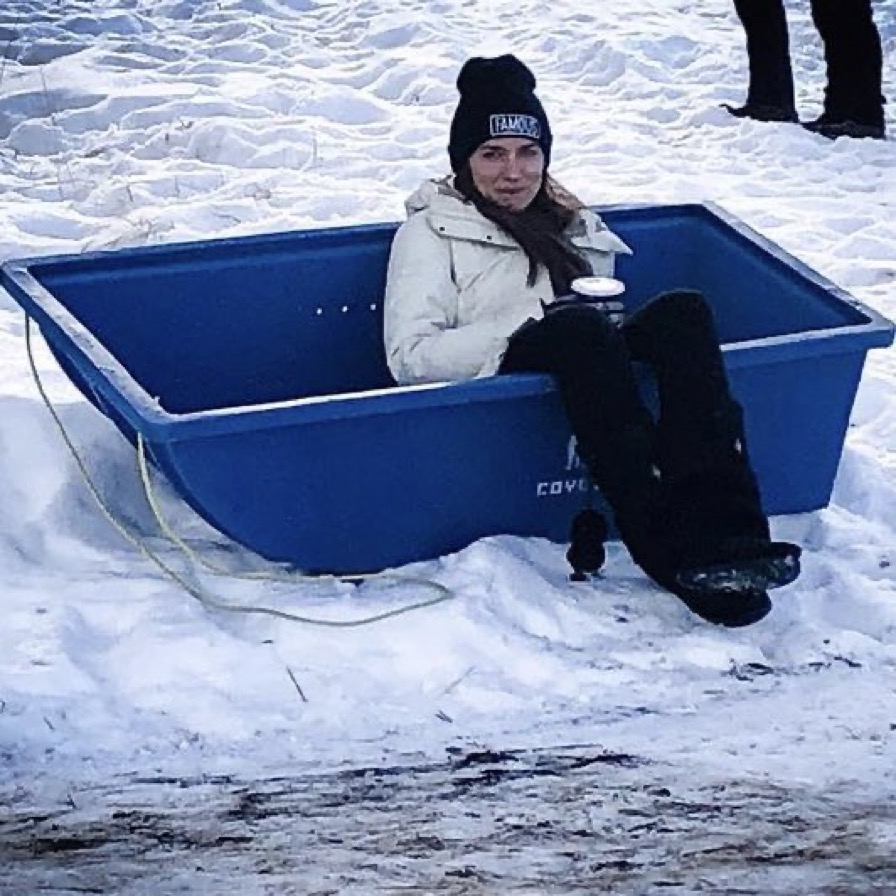8 expert tips for how to keep your feet warm and dry this winter

Like Marmite, most people either love or hate winter. The long and dark nights, the cold, often icy temperatures, and unreliable weather, alternating between rain or snow. These can be polarising for the majority but when it comes to rainy weather, we can all agree that wet and cold feet are not fun.
The experts from the UK family footwear retailer, Wynsors, are here to help though, with eight simple tips on how to ensure your feet remain warm and dry this winter. Perfect for when you’re on a long winter’s walk through the frosty countryside or simply a wet morning commute to work:
It may sound obvious, but invest in a good pair of waterproof shoes. If the shoes are absorbent or feature holes, nothing you do will keep the cold and damp from reaching your feet! Why not try either the Regatta Bainsford walking boots or Skechers Relment Traven walking boots? Both waterproof styles are certain to keep the damp at bay when on a long trek through the snow or rain on a winter’s day.
Treating your shoes with some waterproofing spray is the perfect way to add an extra layer of protection to your waterproof boots, or make a pair of absorbent shoes (like canvas trainers) more water-resistant. Just make sure to use multiple coats to ensure the shoe has been fully covered.
Wear a pair of comfy wool socks. When walking in the wet winter weather, cotton socks are not the best option as they will not keep your feet warm or absorb the sweat they produce, resulting in the inside of your shoes feeling damp and your feet feeling cold. Instead, choose authentic or synthetic wool socks. Better yet, you can wear two pair of socks – including sweat-wicking, thin socks over your feet and a thicker wool sock over that. The double layer will move sweat away, protect you from the cold and give you an added layer of cushion.
Use insoles or heel pads to further insulate the soles of your feet, as when walking through cold puddles or atop inches of snow, the cold may begin to creep through the rubber soles. Creating an extra layer of insulation with an insole is a sure way to keep the cold out.
Keeping out of big puddles or large piles of snow, if possible, is another obvious way to keep your feet dry and warm this winter. Doing this means you’re minimising the risk of water seeping through an unwaterproofed spot of your shoe, ultimately wetting your sock and foot within.
Make sure that your shoes are thoroughly dry before first putting them on. If they are damp from a previous walk in the rain or snow, they are only going to make your feet colder quicker and absorb more moisture if it’s wet outside.
Likewise, ensure your feet are warm and dry before putting your shoes on – a great way to do this is by putting your socks in the dryer first or heating them up on a warm radiator. That way, your feet are going to be toasty as your start your winter’s walk in the snow or rain.
Try wearing foot powder to absorb sweat produced by your feet, especially if you’re going out for a long walk; you don’t want cold, damp socks ruining a well-planned hike.
Danny Bergin, Sales Manager from Wynsors, comments: “The winter cold might not be for everyone, but there is nothing more invigorating than a brisk walk on a crisp winter’s day, so don’t let cold, damp feet be the reason you have to cut your carefully planned walk short.
These tips can not only help keep your feet warm and dry, but also help to reduce potential problems such as frostnip and improve the lifespan of your shoes during winter as well.”






